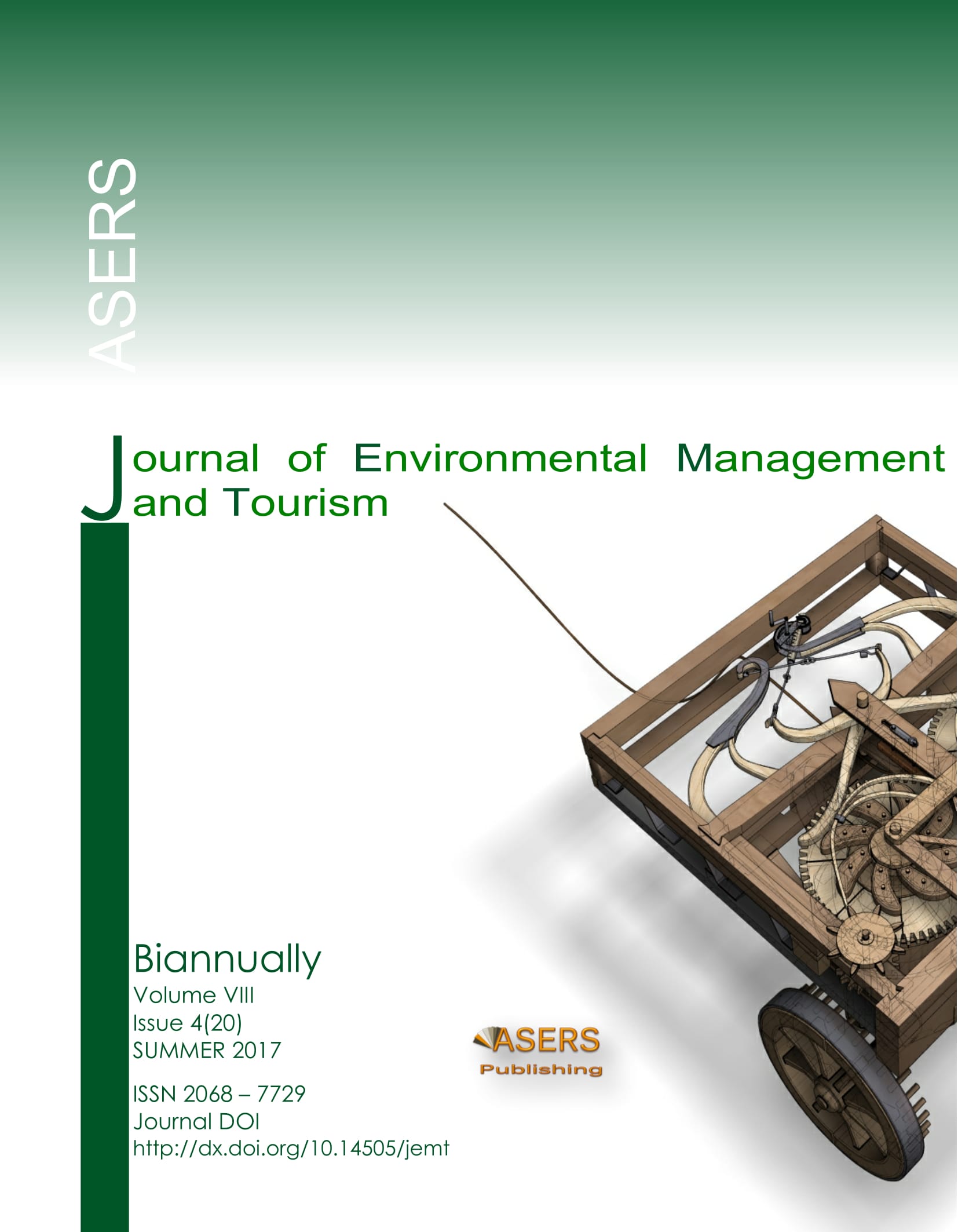Technology of Branding of the Territory's Recreational Potential based on Altai Territory
Technology of Branding of the Territory's Recreational Potential based on Altai Territory
Author(s): T.V. PETROVA, T.P. DANKO, O.V. KITOVA, N.V. IVOLGINA, T.V. MURTUZALIEVA, O.I. KLIMENKO, Vladimir Dmitriyevich SekerinSubject(s): Economy, Tourism
Published by: ASERS Publishing
Keywords: branding; recreational potential; branding technology; methodology; innovative; consumer loyalty
Summary/Abstract: The need to revise the basic trends of the branding technology for the territory's recreational potential is substantiated in the article. The economic realities of recent times have clearly demonstrated that the country's economic recovery from a lingering crisis can be provided only on an innovative basis. Currently, due to the implementation of the new state policy of import substitution, the innovative transformations have significantly intensified in the regions of the Russian Federation. The service sector is an outsider and, with the exception of the information and telecommunications services, it is characterized by a slow pace of innovative products development. This problem has fully manifested itself in the sphere of recreational services and is aggravated by the fact that even with the availability of innovative services in the company's product portfolio, their supply to the consumer market is difficult because of the lack of new tools for the market promotion of the product. In recent years, due to the competition for buyers in the market, especially for buyers of products of well-known brands, as well as for innovative technologies, the world companies have been investing more and more money in the development of intangible assets (Panova and Danko 2017). This has entailed a percentage increase in the brand value in the total value of companies and the identification of new products in the form of patents, licenses, trademarks and various types of technologies. It should also be noted that after a certain period of time the situation in which the goods become virtually indistinguishable in their characteristics will occur for competitor companies that produce similar products. This will lead to the transition of competition to the emotional plane, to competition not of the goods themselves, but of their brands (Azarova 2016). Hence the basic problematization of this study arises.
Journal: Journal of Environmental Management and Tourism (JEMT)
- Issue Year: VIII/2017
- Issue No: 04 (20)
- Page Range: 811-824
- Page Count: 14
- Language: English
- Content File-PDF

